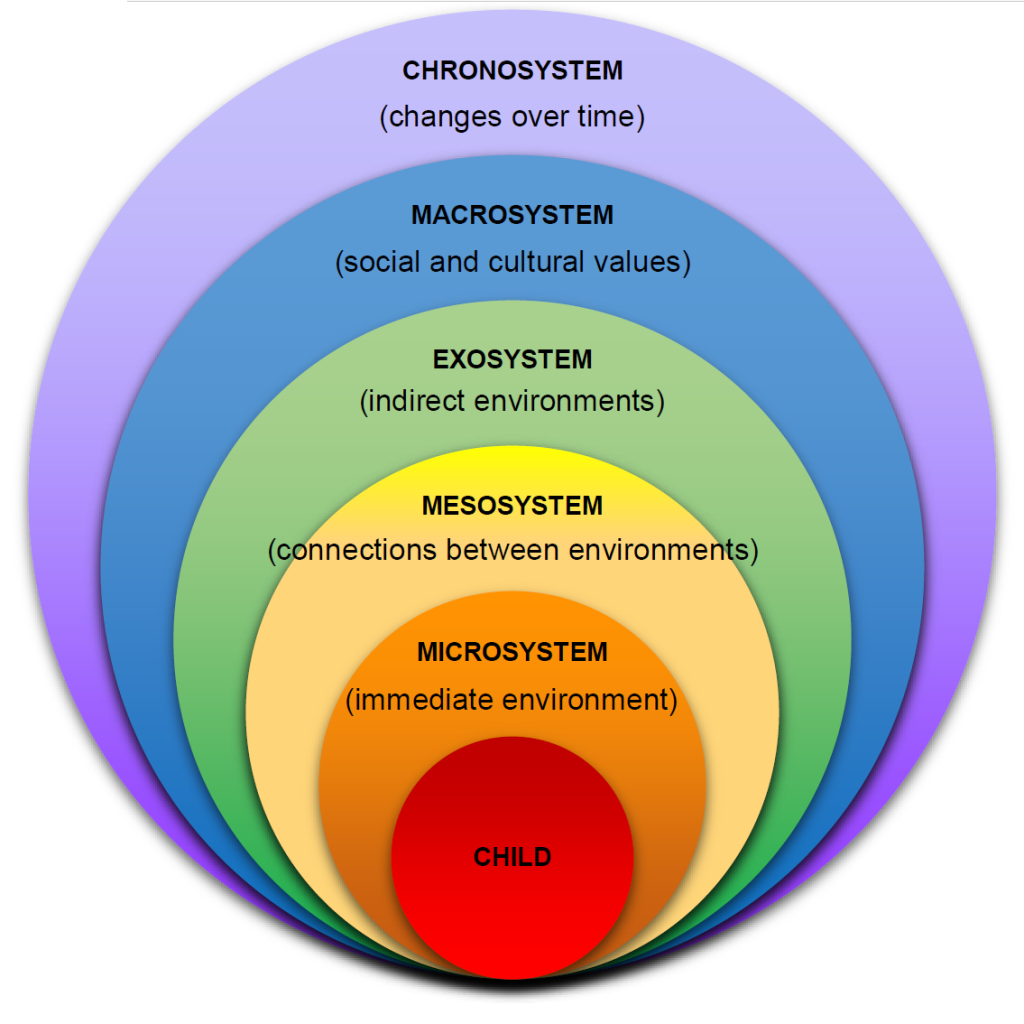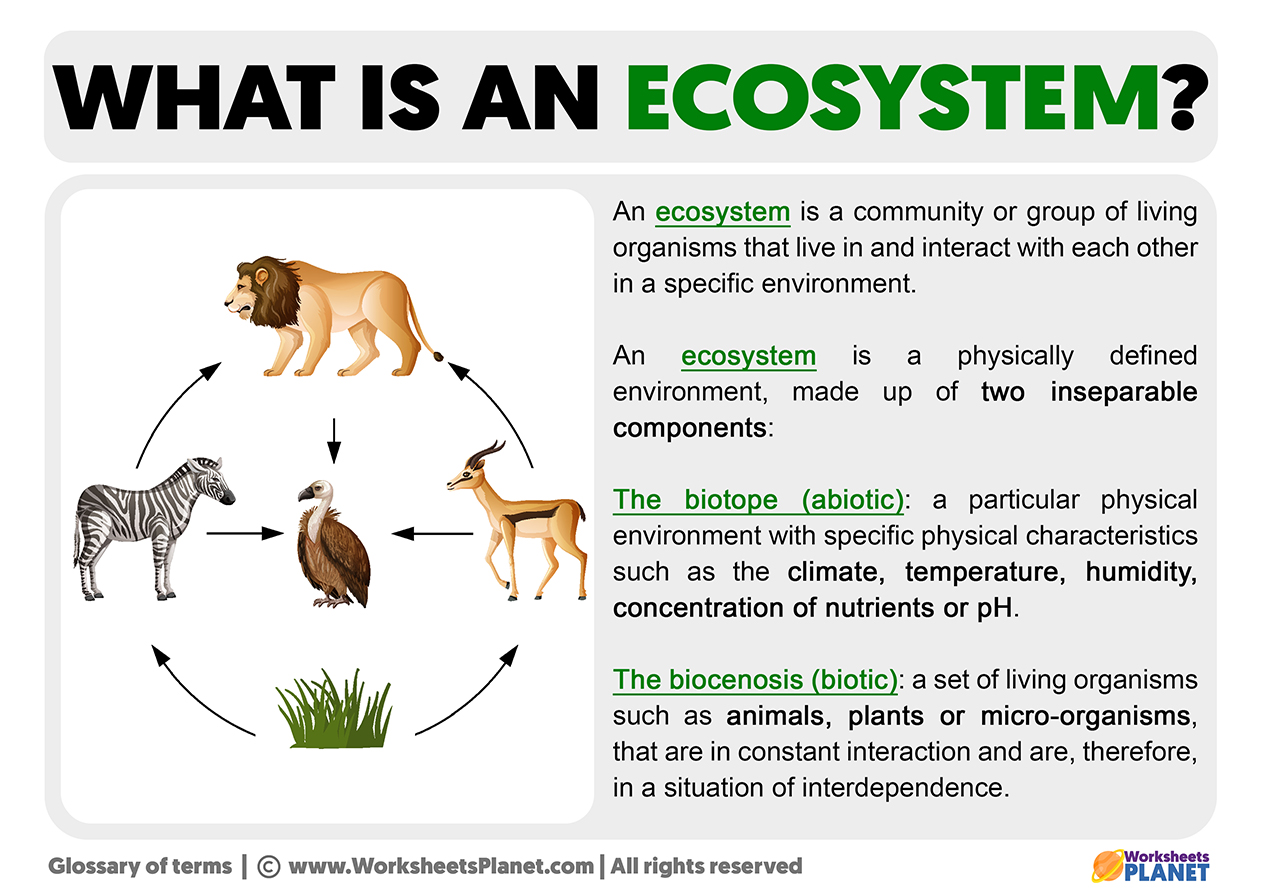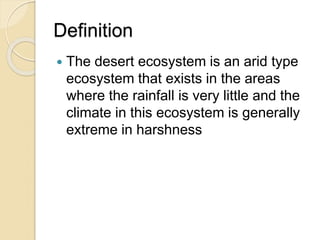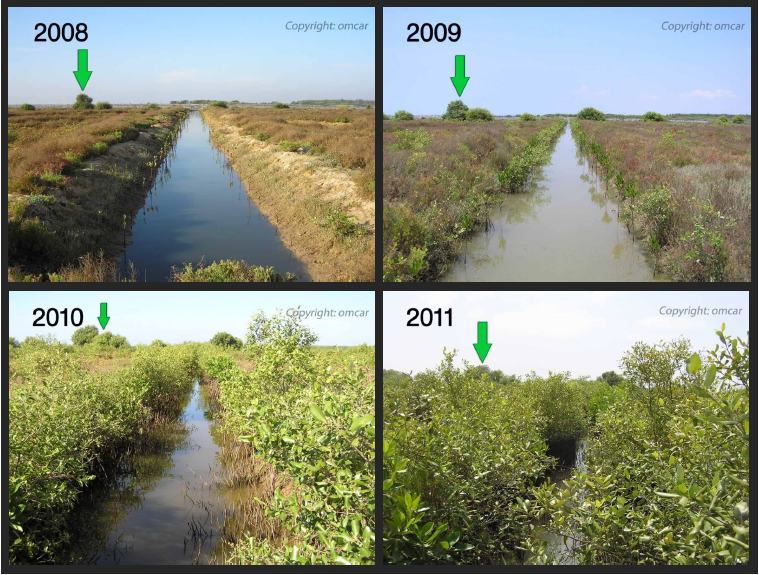Topic define ecosystem in environmental science: Explore the essence of ecosystems in environmental science, a fascinating journey into the intricate networks sustaining life on Earth.
Table of Content
- What are the key components that make up an ecosystem in environmental science?
- Overview of Ecosystems
- Components of an Ecosystem
- Types of Ecosystems
- Energy Flow and Nutrient Cycles
- Importance of Ecosystems to Human Life
- YOUTUBE: What is Ecosystem | Different Types of Ecosystem | Environmental Science | EVS Letstute
What are the key components that make up an ecosystem in environmental science?
An ecosystem in environmental science is a complex system composed of various interacting components that work together to form a stable and functional unit. The key components that make up an ecosystem include:
- Abiotic factors: These are non-living components of the ecosystem such as soil, water, sunlight, temperature, and climate. Abiotic factors play a crucial role in shaping the ecosystem and determining the distribution of living organisms.
- Producers: Producers, also known as autotrophs, are organisms that can produce their own food through photosynthesis or chemosynthesis. They form the base of the food chain and provide energy for other organisms in the ecosystem.
- Consumers: Consumers are organisms that obtain their energy by consuming other organisms. They can be herbivores, carnivores, or omnivores, depending on their diet and feeding habits.
- Decomposers: Decomposers are organisms such as bacteria and fungi that break down organic matter into simpler substances. They play a vital role in recycling nutrients within the ecosystem.
- Food chain and food web: The food chain represents the transfer of energy and nutrients from one organism to another in a linear fashion, while the food web illustrates the complex network of interconnected food chains within an ecosystem.
- Biodiversity: Biodiversity refers to the variety of species present in an ecosystem. It includes the diversity of plants, animals, and microorganisms, as well as genetic diversity within species.
- Habitat: A habitat is the specific physical environment where an organism lives and interacts with other organisms. Different habitats within an ecosystem provide niches for various species to thrive.
- Biogeochemical cycles: Biogeochemical cycles, such as the carbon cycle, nitrogen cycle, and water cycle, involve the circulation of essential elements and compounds between living organisms, the atmosphere, soil, and water bodies.
READ MORE:
Overview of Ecosystems
An ecosystem encompasses a dynamic and complex community of living organisms (biotic factors) interacting with their non-living (abiotic) environment to form a functional unit. This interplay creates a unique system where life processes are interdependent, involving energy flows and nutrient cycles.
- Core Concepts: Ecosystems integrate both biotic and abiotic components, facilitating interactions that support diverse forms of life.
- Energy Flow: Sunlight is the primary energy source, driving photosynthesis and enabling energy transfer through food webs.
- Nutrient Cycling: Ecosystems recycle nutrients, with elements like carbon, nitrogen, and phosphorus moving between organisms and the environment.
- Diversity of Ecosystems: From forests and oceans to urban areas, ecosystems vary widely in size, biodiversity, and complexity.
- Human Impact: Activities such as deforestation, pollution, and climate change pose significant threats to ecosystem health and sustainability.
Ecosystems are foundational to environmental science, providing essential services like air and water purification, climate regulation, and food resources. Understanding ecosystems" structure and function is crucial for conservation efforts and sustainable management practices.

Components of an Ecosystem
Ecosystems are complex networks that consist of two main components: biotic (living) and abiotic (non-living) elements. Together, these components interact to create a balanced and functioning ecosystem.
- Biotic Components: These include all living organisms within the ecosystem, categorized into producers (autotrophs), consumers (heterotrophs), and decomposers (detritivores). Producers, such as plants and algae, create their own food through photosynthesis. Consumers, including animals and humans, depend on other organisms for nutrition. Decomposers, like fungi and bacteria, break down dead organic matter, recycling nutrients back into the ecosystem.
- Abiotic Components: These encompass all non-living factors that influence the ecosystem, such as climate, sunlight, temperature, water, soil, minerals, and air. These elements determine the types of organisms that can survive and thrive in the ecosystem and influence the interactions among them.
Understanding the intricate relationships between these components is essential for studying ecosystems. The balance between biotic and abiotic components ensures the sustainability of ecosystems, allowing them to perform functions critical for the survival of life on Earth.
Types of Ecosystems
Ecosystems are broadly categorized into two main types: terrestrial and aquatic. Each type hosts a unique array of life forms adapted to their specific environments.
- Terrestrial Ecosystems: These are land-based ecosystems, which include forests, grasslands, deserts, and tundras. They are characterized by the type of vegetation that dominates their landscape, which in turn, influences the wildlife found within them.
- Aquatic Ecosystems: Aquatic ecosystems are water-based and can be freshwater (lakes, rivers, and ponds) or marine (oceans, seas, and coral reefs). The life forms in these ecosystems are adapted to their saline (in the case of marine ecosystems) or fresh (in the case of freshwater ecosystems) water environments.
Furthermore, ecosystems can be further classified based on their environment and the complexity of life forms they support:
- Forest Ecosystems: Rich in biodiversity, these ecosystems are characterized by a dense tree canopy that supports a wide variety of life.
- Grassland Ecosystems: Dominated by grasses, these areas support herbivores, predators, and a range of other species that are adapted to open, less wooded environments.
- Desert Ecosystems: Known for their extreme temperatures and sparse water availability, desert ecosystems host life forms that are highly adapted to survive in harsh conditions.
- Tundra Ecosystems: Characterized by cold temperatures and short growing seasons, tundras support a limited but unique set of wildlife adapted to the cold.
- Marine Ecosystems: Covering most of the Earth"s surface, these ecosystems are vital for the planet"s biodiversity and include a variety of habitats, such as coral reefs, deep-sea environments, and estuaries.
- Freshwater Ecosystems: Including rivers, lakes, and ponds, these ecosystems are crucial for the water cycle and support diverse life forms adapted to non-saline water.
Each ecosystem type plays a critical role in the global environment, contributing to biodiversity, climate regulation, and the survival of life on Earth.
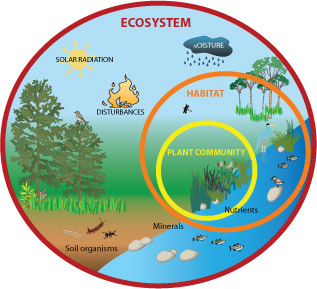
Energy Flow and Nutrient Cycles
The seamless integration of energy flow and nutrient cycles is fundamental to ecosystem functionality, supporting the vast web of life on Earth. Energy flow and nutrient cycles are intertwined processes that sustain all living organisms and maintain ecological balance.
- Energy Flow: Energy in ecosystems flows linearly from the sun to autotrophic organisms (producers) through photosynthesis, then to heterotrophic organisms (consumers) and finally to decomposers. This flow of energy is crucial for the synthesis of organic compounds, which serve as the foundation for life.
- Nutrient Cycles: Nutrients cycle in a more complex, closed loop within ecosystems. Key nutrient cycles include the carbon, nitrogen, phosphorus, and water cycles. These cycles involve the transformation and movement of matter through biotic (living) and abiotic (non-living) components of the ecosystem.
Key Concepts:
- Photosynthesis and Respiration: These biological processes drive the flow of energy. Photosynthesis captures solar energy, converting it into chemical energy stored in glucose, while respiration releases this stored energy for use by living organisms.
- Food Chains and Webs: Illustrate the energy flow through different trophic levels, from producers to various levels of consumers (primary, secondary, tertiary), and finally to decomposers.
- Decomposition: Decomposers break down dead organic material, returning nutrients to the soil, where they are available for uptake by producers, thereby closing the loop of nutrient cycles.
- Human Impact: Activities such as burning fossil fuels, deforestation, and fertilizer use alter natural nutrient cycles and energy flows, highlighting the importance of sustainable practices to maintain ecosystem health.
Understanding the dynamics of energy flow and nutrient cycles is essential for conservation efforts, enabling us to protect and restore the delicate balances within ecosystems.
Importance of Ecosystems to Human Life
Ecosystems play a vital role in maintaining the balance of the earth and supporting human life. They offer a wide range of services that are crucial for our survival, health, and well-being. Understanding the importance of ecosystems can help us appreciate the value of environmental conservation and the need for sustainable practices.
- Provision of Resources: Ecosystems provide essential resources such as food, water, and raw materials for clothing, shelter, and medicine. Forests, oceans, and freshwater systems are key sources of these resources.
- Air and Water Purification: Plants, trees, and wetlands play a significant role in filtering pollutants from the air and water, contributing to cleaner, healthier environments. This natural filtration process is vital for the quality of the air we breathe and the water we drink.
- Climate Regulation: Ecosystems such as forests and oceans act as carbon sinks, absorbing carbon dioxide from the atmosphere and helping to regulate the earth"s climate. This is crucial in mitigating the effects of climate change.
- Soil Fertility and Erosion Control: Ecosystems contribute to soil formation and fertility through the decomposition of organic matter. Vegetation cover also helps in preventing soil erosion, preserving fertile land for agriculture.
- Biodiversity: Ecosystems are home to a vast array of species, contributing to biodiversity. This diversity is not just valuable in its own right but also supports ecosystem resilience and the provision of services.
- Pollination and Seed Dispersal: Many plants rely on animals and insects within ecosystems for pollination and seed dispersal, which is essential for food production and the maintenance of biodiversity.
- Recreational and Cultural Benefits: Ecosystems offer significant recreational, aesthetic, and cultural benefits. Natural landscapes provide spaces for leisure, spiritual enrichment, and cultural practices, contributing to mental and physical well-being.
Overall, the importance of ecosystems to human life cannot be overstated. They underpin our economies, health, and survival. Protecting and conserving ecosystems is not just an environmental concern but a necessity for human development and well-being.

What is Ecosystem | Different Types of Ecosystem | Environmental Science | EVS Letstute
Ecosystem: Explore the fascinating world of ecosystems in this captivating video that showcases the intricate balance of nature. Witness the beauty of various habitats and learn about the importance of preserving these ecosystems for future generations. Define: Unlock the meaning behind complex concepts with this educational video that simplifies and clarifies definitions in an engaging way. Enhance your understanding of key terms and broaden your knowledge with clear, concise explanations.
READ MORE:
What Is An Ecosystem
Science expert Emerald Robinson explains what an ecosystem is and why they are important.To view over 15000 other how-to, ...
